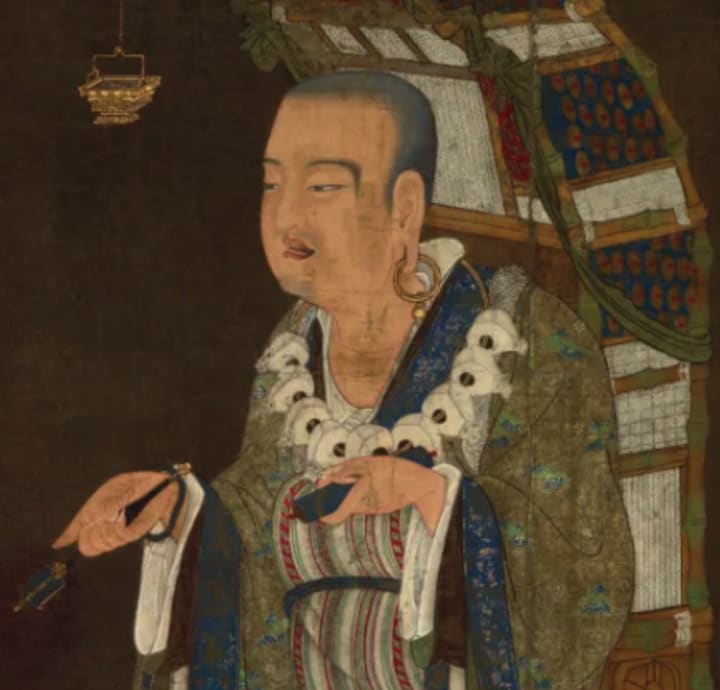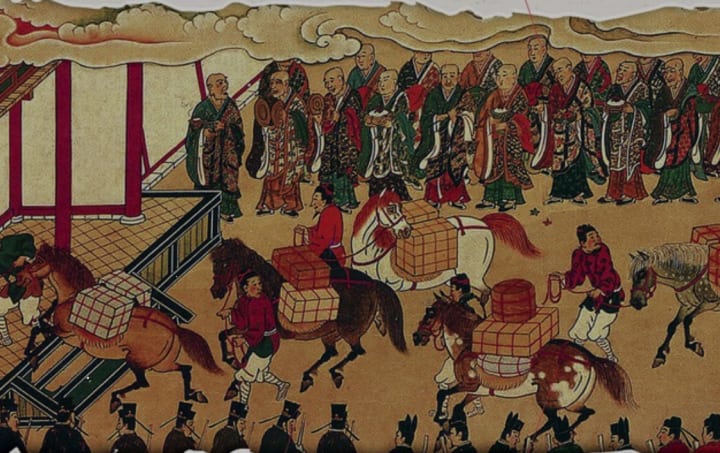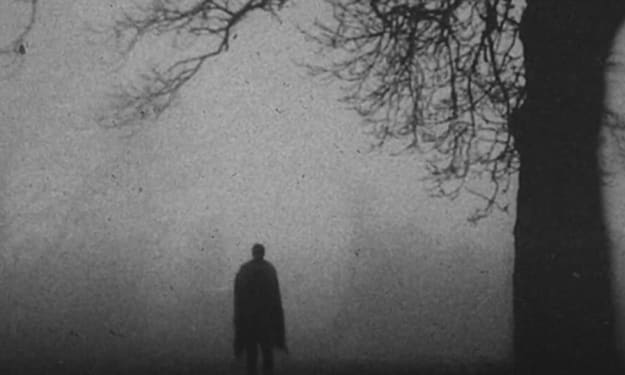he Timeless Voice: Exploring the Mysteries of Sanskrit and Its Global Influence
Language without words!

In the tapestry of human history, few threads are as golden and enigmatic as the Sanskrit language. A language not merely spoken but revered, Sanskrit resonates with the echoes of a time when gods walked among men, and the universe whispered its secrets to those who dared to listen. This is a tale of Sanskrit, the language of the divine, a dialect that has not just survived the sands of time but has thrived, unaltered, through millennia.

Imagine stepping back into the verdant landscapes of ancient India, under a starlit sky, where sages and scholars gathered in a circle of enlightenment. Their voices, rising and falling in a rhythmic cadence, recited verses believed to be the very breath of the gods. Sanskrit, they proclaimed, was not a mere creation of human intellect but a divine gift, a celestial melody bestowed upon humanity. In its purest form, this language was unbound by scripts, living through the power of sound and memory.
But what makes Sanskrit so mystically potent? It lies not just in its antiquity but in its astonishing complexity and precision. Picture a language so powerful that its mere utterance could bend the fabric of reality. Sanskrit, with its 47 phonetic sounds, was believed to be that language. Each syllable in this linguistic kaleidoscope held the power to create or destroy.

The saga of Sanskrit is incomplete without the mention of Xuanzang, the legendary Chinese monk. His quest for understanding led him to the heart of India, in pursuit of texts so sacred they were never written, only spoken. These texts, shrouded in mystery, were said to contain knowledge so profound it encompassed the cosmos itself. From the origins of the universe to the intricacies of human life, Sanskrit texts like the Vedas were keys to unlocking these cosmic secrets.
Now, by the way, let’s talk about Xuanzang’s evaluation of philosophy and religions other than Indian Buddhism in Volume C of "Collection of Ancient and Modern Buddhism and Taoism".

He said: "That land advocates Taoism." That is to say, Indians advocate philosophy and religion. There are ninety-six religious schools there, which are called "Ninety-six Paths." For example, "The Theory of Differentiating Merit and Virtue" II says: "I heard that Ananda was the first in wisdom among the ninety-six Paths." 25, 34b. The "Ninety-Six Paths" or "Ninety-six Sutras" are mentioned several times in the "Nassen Bhikkhu Sutra" 32, 694a; 703c; 705b. . Xuanzang said: "The ninety-six families are disgusted with the physical body as a shackles, and refer to the god and self as the holy foundation.
"They all "do not uproot me" and "cannot leave the world." The so-called "god self" in Sanskrit is tman, Atman. Xuanzang's comments are completely in line with reality, which shows that he understood the philosophical situation in India at that time. He It is said that these ninety-six families, "The highest level is not imagined, and the ultimate fall is endless."
"Infinite" in Sanskrit is av ci, which is what we often call "Abi Hell". Xuanzang also said: "It is like the four great arts of following the customs, the sect of the Six Truths of the First Ming Dynasty." The so-called "following the customs", the original Sanskrit text is Lok yata, which is what we often call "following the world and heretics", "Continued by the Eminent Monk" The fourth "Biography of Xuanzang" uses the word "Shun Shi".
This is an extremely rare materialist in ancient India. The so-called "four elements" are what we often call earth, water, fire and wind. The outsiders believe that these four are the essence of everything in the universe. The so-called "Six Truths" are also called "Six Sentences", and the Sanskrit word is s·at·pad rtha. "Collection of Translation Names" 5: "Visit, this is the meaning of victory, which is the meaning of six sentences." "Visit", Sanskrit is Vais es•ika, one of the six ancient Indian philosophies, and the common noun is "Sheng Lun" .
But how does one preserve such a treasure trove of knowledge? The answer lay in the extraordinary methods employed by Indian priests and scholars. They devised intricate recitation patterns, memorizing and reciting verses in complex sequences, ensuring not a single sound was misplaced. This oral tradition was more than a method of preservation; it was a dance of intellect and spirituality, a testament to the human capacity for memory and devotion.

Sanskrit’s influence, however, extends beyond the Indian subcontinent. Intriguing connections with ancient Egyptian civilization suggest a shared legacy that transcends geographical boundaries. Could Sanskrit have been the lingua franca of a forgotten epoch, a time when knowledge flowed freely between distant lands?
As we delve into the enigmatic world of Sanskrit, we are left with more questions than answers. Was Sanskrit merely a human invention, or was it a divine language, a cosmic code embedded in the very fabric of the universe? The answers may lie buried in the sands of time, but the quest for understanding continues.

In the end, Sanskrit is not just a language; it is a bridge to our past, a mirror reflecting the profound mysteries of existence. It invites us to ponder, to explore, and to marvel at the wonders of the cosmos. As we listen to the ancient whispers of Sanskrit, we are reminded that in every syllable lies a universe of meaning, waiting to be discovered.
About the Creator
Enjoyed the story? Support the Creator.
Subscribe for free to receive all their stories in your feed. You could also pledge your support or give them a one-off tip, letting them know you appreciate their work.






Comments
There are no comments for this story
Be the first to respond and start the conversation.